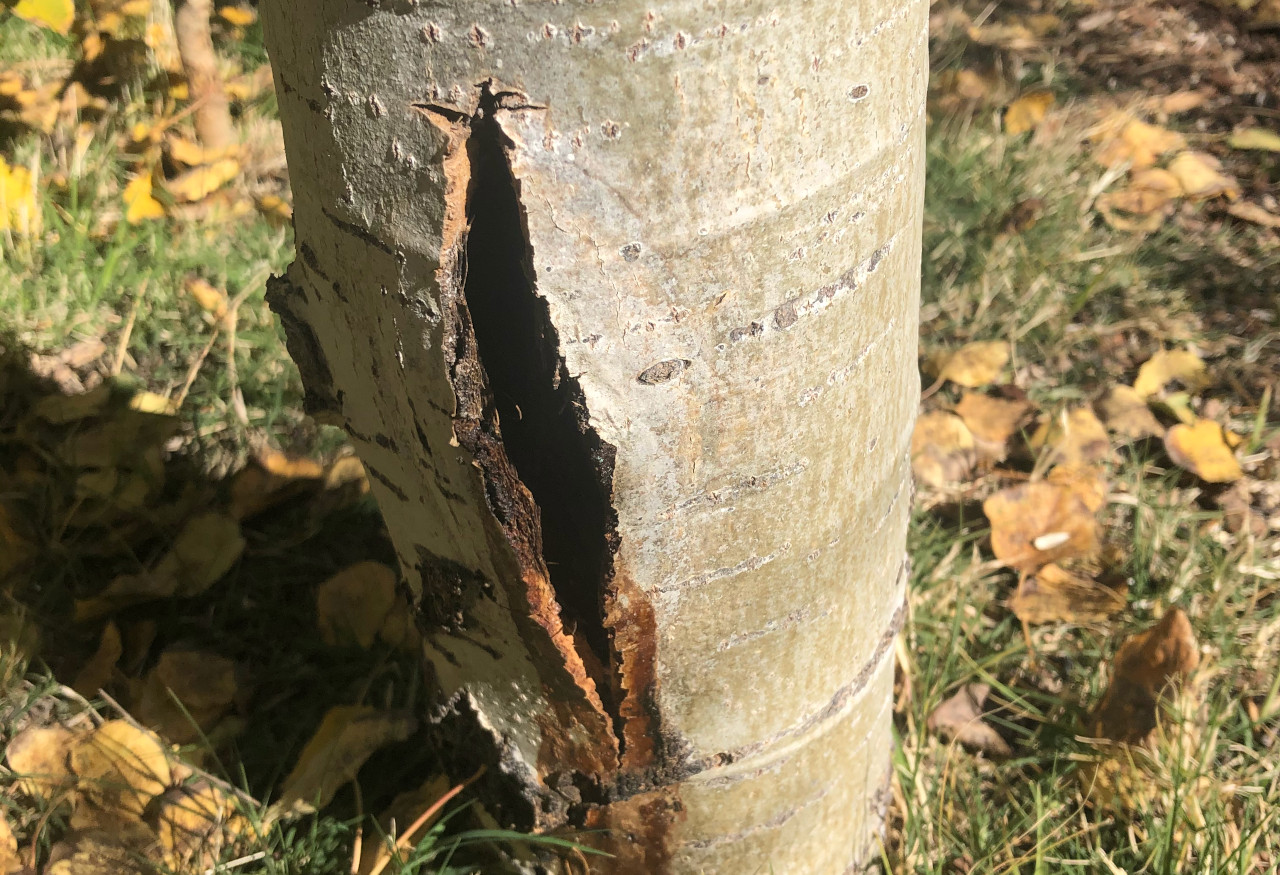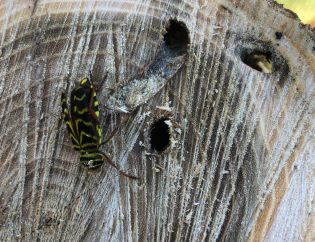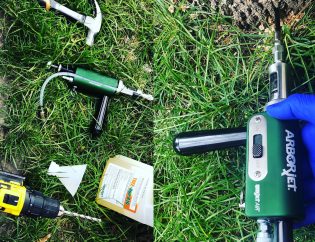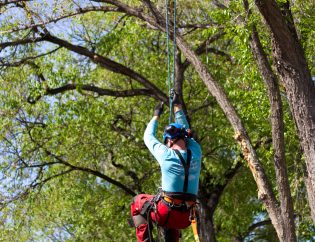
Wind storms, though damaging, can often bring out the best in a community. Neighbors, even strangers, help each other cope with aggravations and property damage left in the wake of a storm.
Unfortunately, storms also bring out the worst in a community – fast-buck artists looking to profit from the misfortunes of others. How can homeowners protect themselves when they need to hire a tree care company to clean up after a storm?
“With thousands of dollars at stake, not to mention the integrity and appearance of your property and your personal safety, make sure you investigate before deciding which company you should hire,” warns Tchukki Andersen, BCMA, CTSP* and staff arborist with the Tree Care Industry Association (TCIA).
If the “professional arborist” you hired to remove a tree drops it on your house instead of your lawn, it’s too late to confirm the company is insured, warns Andersen
“Disreputable companies are renowned for ripping gutters off, breaking fences and bird baths and even dropping trees on houses,” says Andersen. “Then they typically fold up and leave, never to be seen again.”
Disreputable companies tend to:
- Solicit work door-to-door
- Demand payment in advance
- Advertise tree-topping pruning practices
- Sell jobs without producing a written estimate or work order
When looking for a reputable company, start with an internet search of tree care companies in your area. A good place to start would be TreeCareTips.org. Don’t place too much emphasis on the complexity of the company’s website – some of the most reputable firms rely almost entirely on word-of-mouth advertising. Look instead for what the website tells you about the company: Number of years in business, professional affiliations, licenses, TCIA Accreditation, certification, etc.
Avoid companies that advertise topping, an injurious and unacceptable practice. You should be aware that the credentials of someone calling himself or herself an arborist can vary widely. Most arborist credentials can be verified by the organization that holds the certification. It is strongly advised that you not just hire someone with a chain saw who knocks on your door because you are desperate. Too often those people turn out to be untrained and disreputable Look for the company displaying the credentials of a professional on business cards, vehicles and work order forms.
When you meet with the arborist:
- Ask to see current certificates of liability and workers’ compensation insurance, if applicable.
- Ask for local references, and check on the quality of their work and level of service.
- Verify professional affiliations the company might have, such as membership or Accreditation with the Tree Care Industry Association.
- Don’t be lured by a bargain and don’t pay in advance.
- Insist on a signed contract as to cost, dates when work is to be performed and exactly what is to be done.
- Insist that climbing spikes are used only if the tree is to be cut down; they can damage the tree.
- Get a second opinion if it will add to your comfort level. Make sure that a complete diagnosis of the potential for tree failure is performed before a tree is removed.
What can you do?
Find a professional. A professional arborist can assess your landscape and work with you to determine the best course of action to care for and maintain the trees and shrubs in your landscape.
*Board Certified Master Arborist, Certified Treecare Safety Professional


